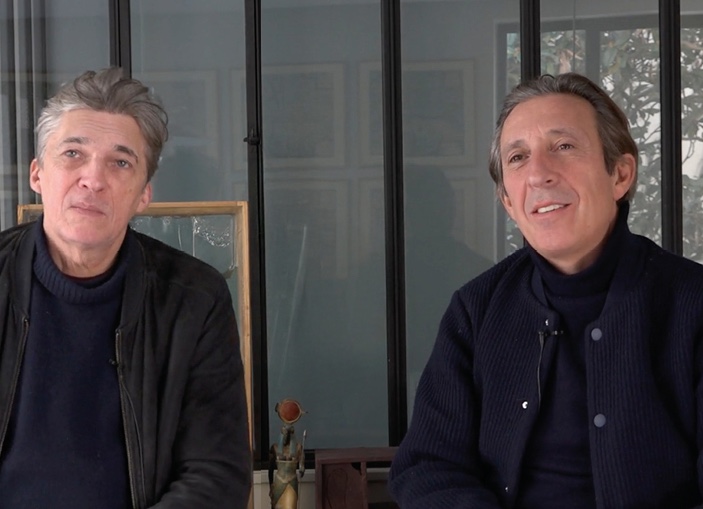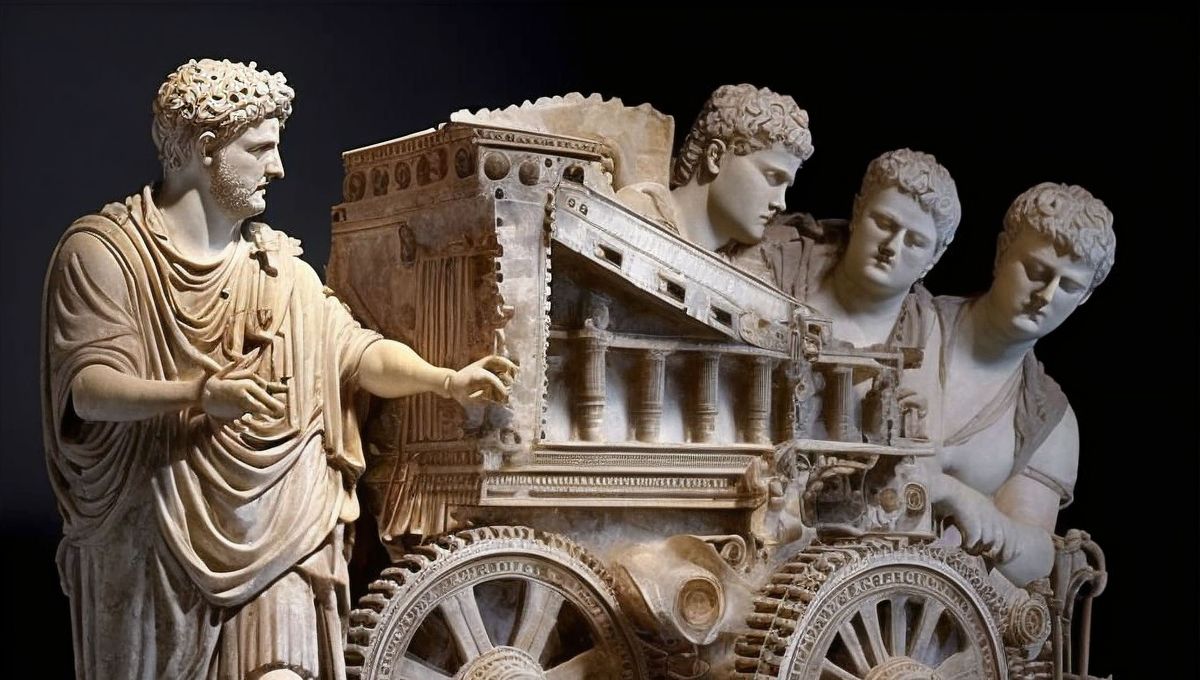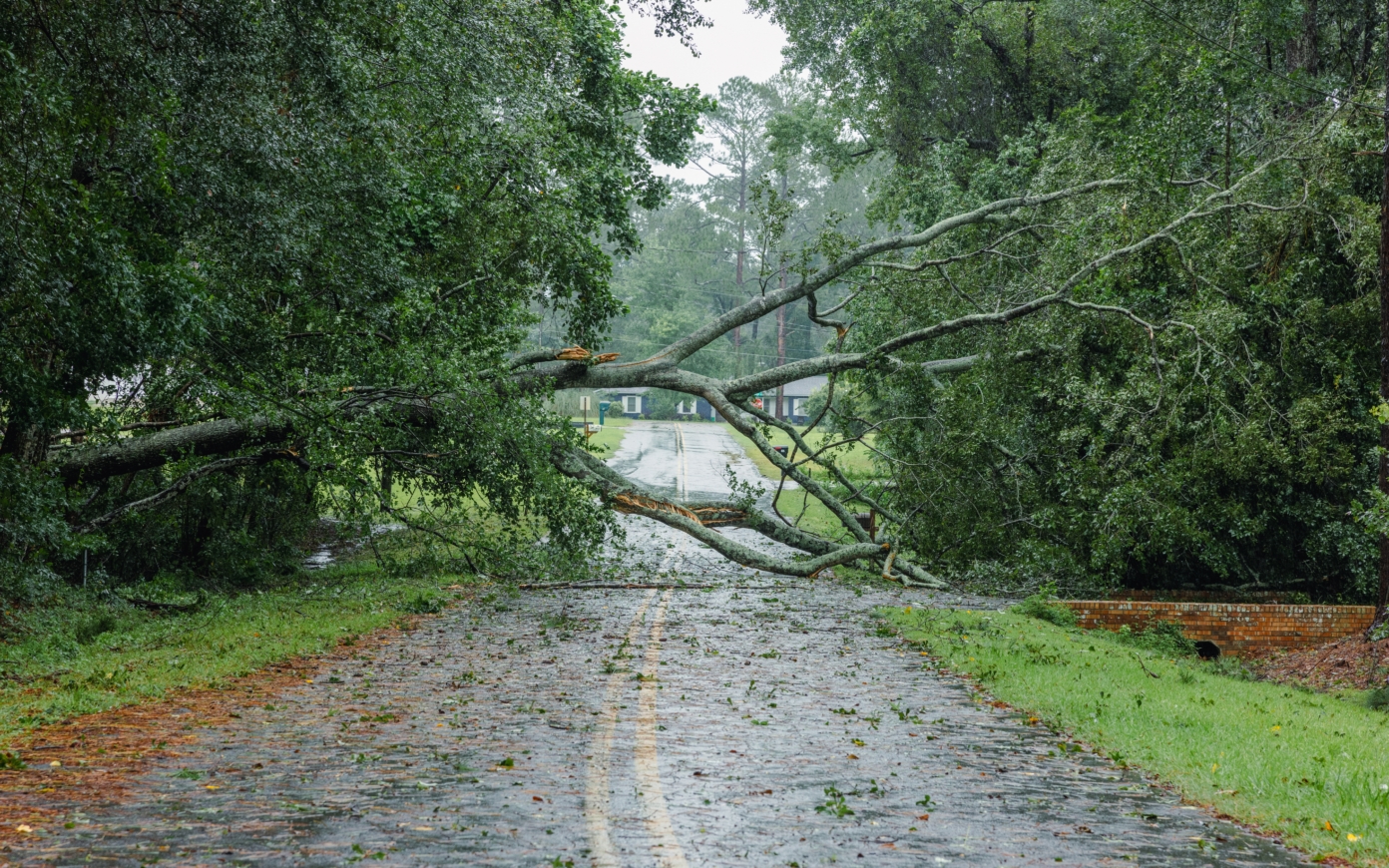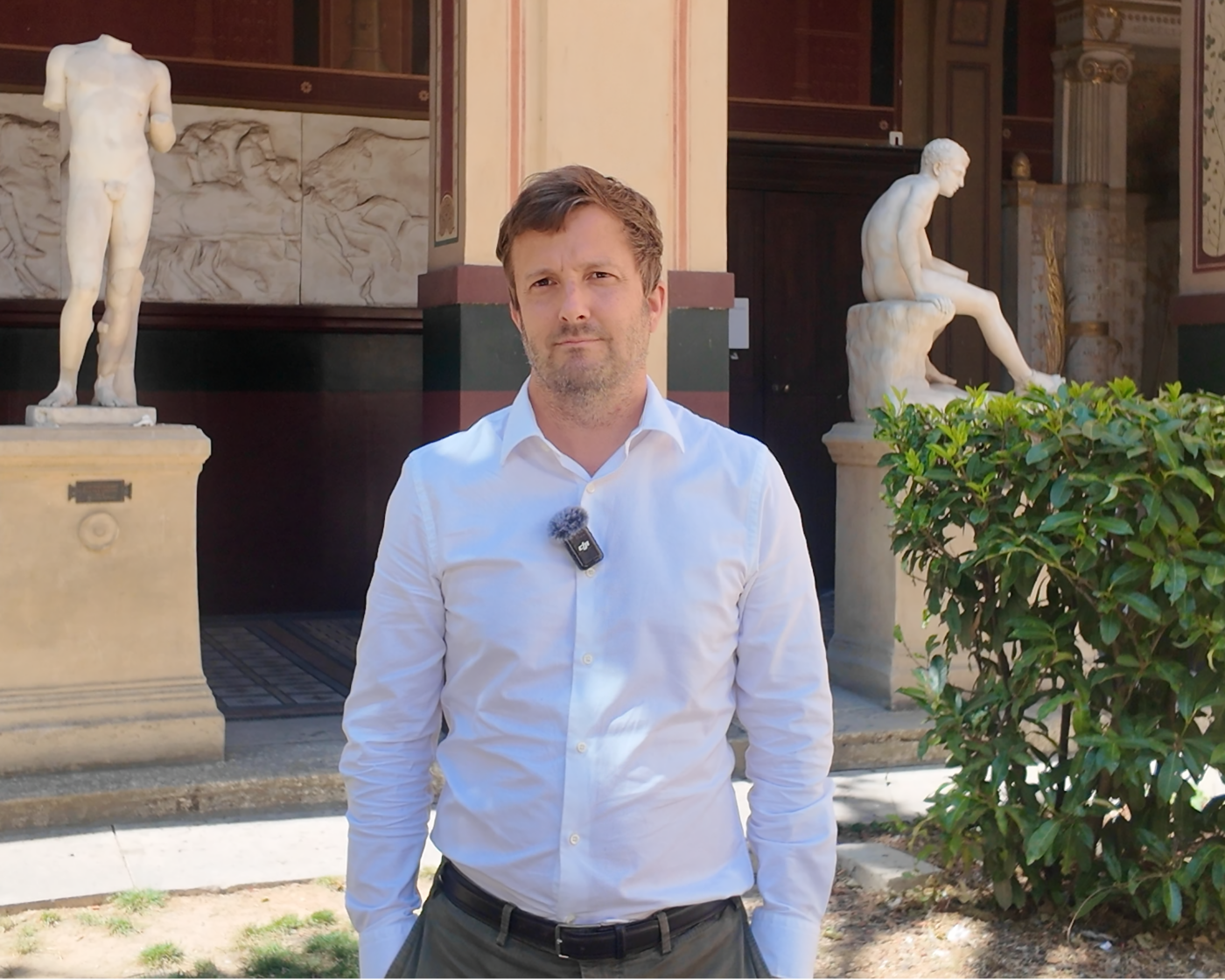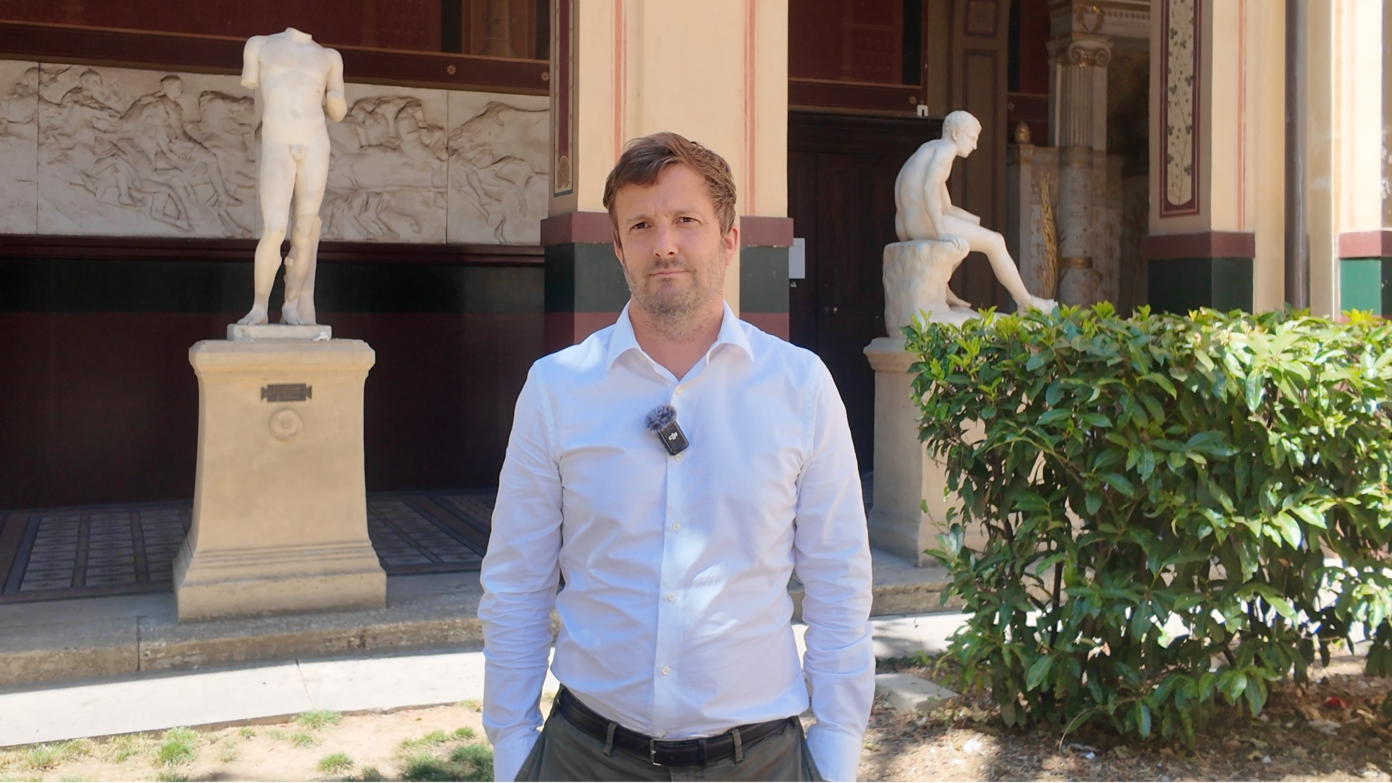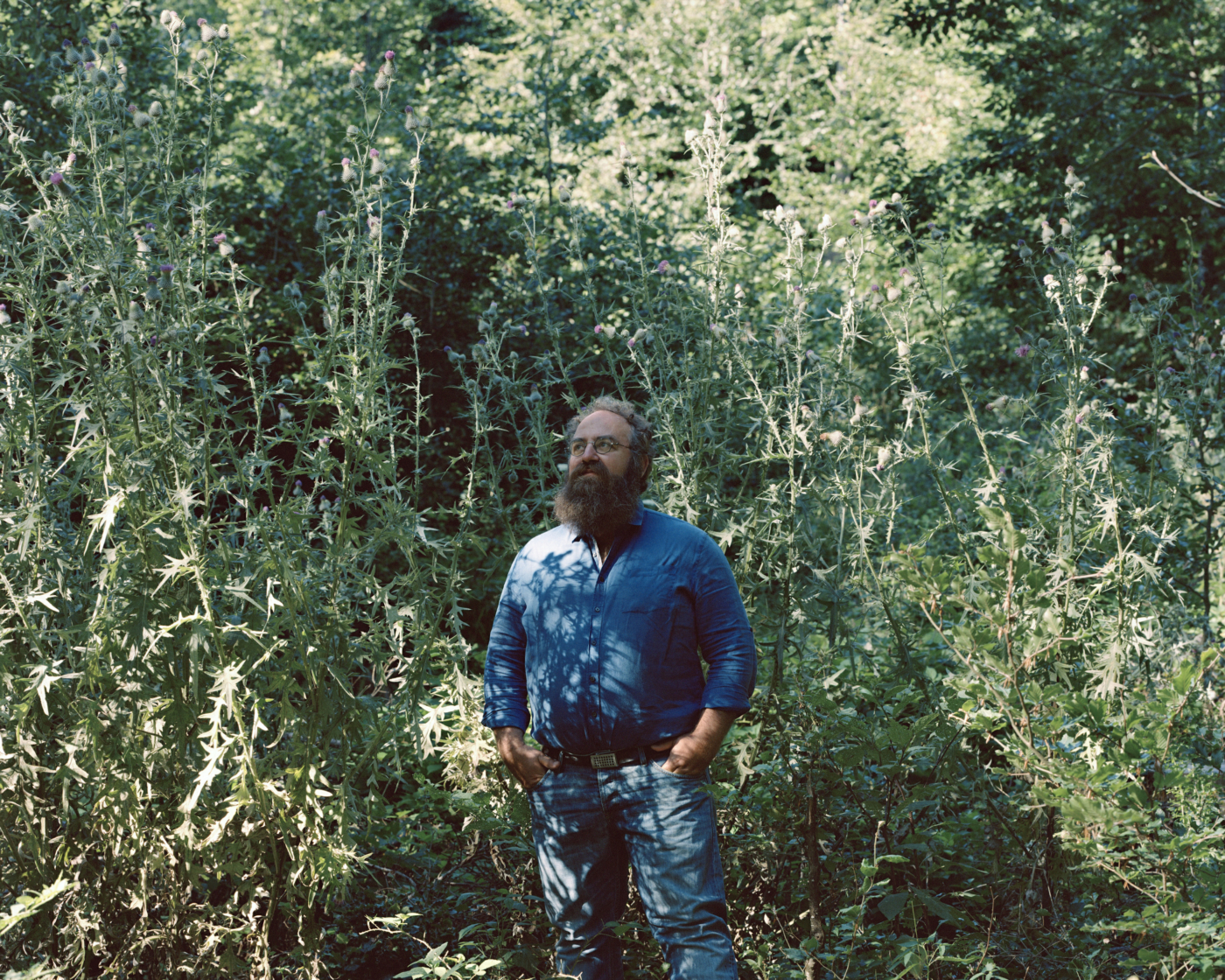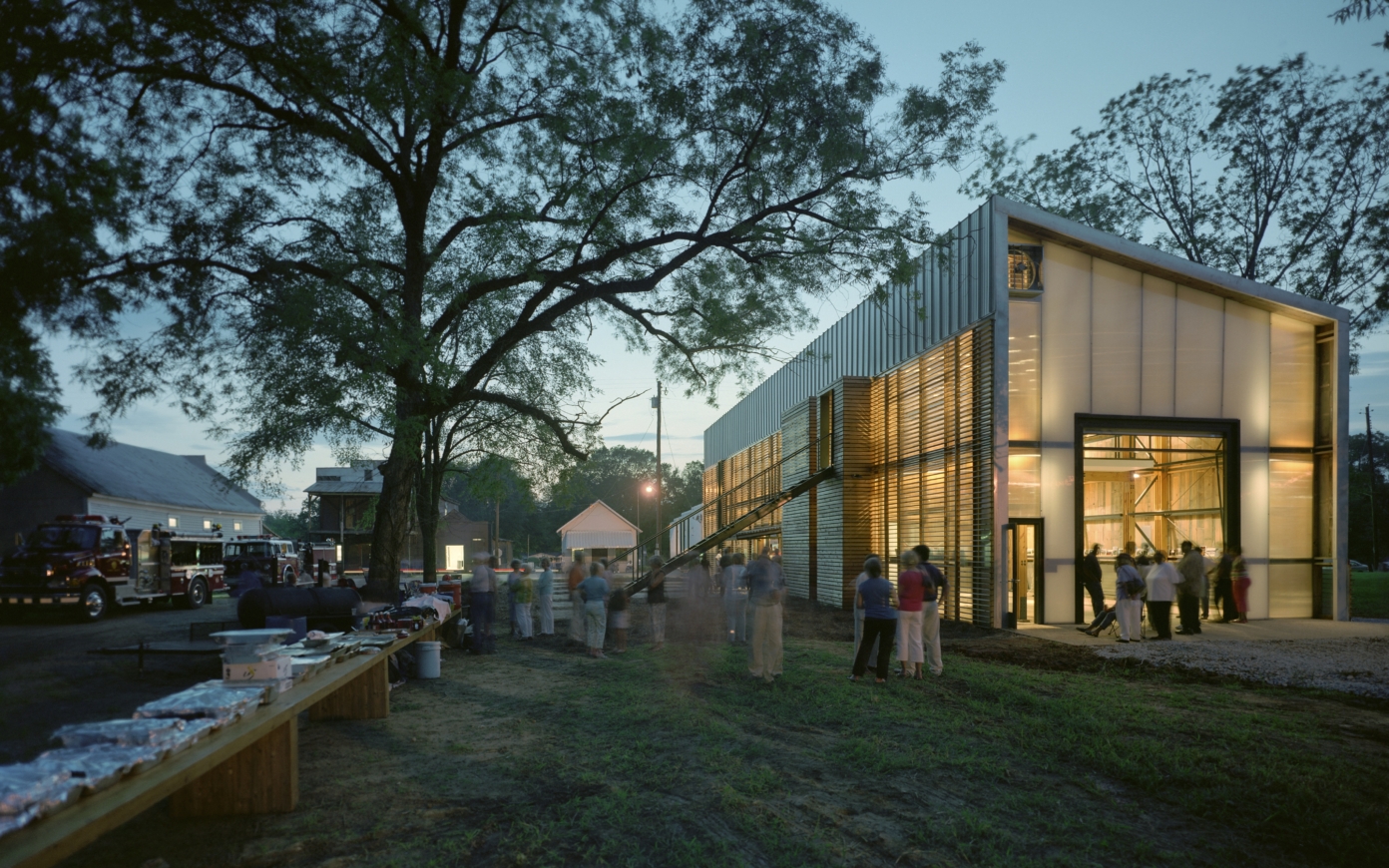The global city
Two decades after the publication of your book, The Global City, and ten years after Mutations by Rem Koolhaas, what is your feeling about the evolution of the contemporary city? Do you think that generalization of the “global city” has become the symbol of our urban condition?
Saskia Sassen: I cannot say, “this is a city,” or “that isn’t a city”.I always define the city as a complex, incomplete system that is sufficiently indeterminate to keep reinventing itself. It can outlive other systems that may also be complex, but are complete, like a formal government structure. Kingdoms, republics, multinational corporations, financial firms, they all end. But can a city be destroyed? Is it remade or rebuilt? That is partly because of non-city issues, such as the choice of the original site where a city is founded. There is a whole logic at play that has to do with a much larger ecology of meanings, possibilities, temporalities, spatialities—a lot of the non-urban plays a critical role in how the urban is constituted. It is urgent that we recognize these dimensions.
I’ve done a lot of research on land grabs. Millions and millions of acres of land on which there are small farms can be wiped out in order to make a palm or soy plantation. Where do these people go? They go to the cities. The fact that there are more people than ever before living in cities is partly related to a history of non-urban violence that produces an urban population. You need to remember who those non-urban subjects are who keep adding to the urban population. Yet in ten years we will have forgotten. They will be urban subjects without any trace of their past. For me, this is a very ambiguous and unsettling period.
Right now, I think of the city as a heuristic space. Although I’ve written a lot about cities, I’m not really an urbanist. I have written so much because cities are very strategic intersections: they are spaces where issues occurring in non-urban areas become material, such as the juxtaposition of the poor and the rich. The city is an extraordinary space that makes it all visible. When I wrote The Global City, I brought the words “global” and “city” together for two reasons. One was to unsettle both the meaning of city and of the traditional hierarchy—the national government, the region, and then the city—to suggest that there are transfers of power that cut across and exist outside those older hierarchies. The main idea of the book was that the global city is an analytic construct. It is something that seeks to capture a new formation inside a city. I argue that the making of a very particular type of territory located inside a national state territory, multi-sited globally and interlinked, that is a strategic zone for certain economic and political production functions then winds up generating new geographies of centrality that cut across all divides: north-south, east-west. It’s a territorial formation, multi-sited, highly networked and specialized; a strategic platform that is ready to act. The global city is really a kind of new territorial formation inside the traditional territories. It is a core formation within the emerging global economy with digital technology, and the like.
I think that we are now in stasis. This phase—the formation of this type of terrain for action—has more or less been completed. For example Luanda, the capital of Angola, has become one of the most expensive cities in a country that has some of the most extreme poverty. But it is also making itself the most expensive city for a businessperson to go to.
Over the past twenty-five years or so, the global city has emerged as a frontier space for the encounter of two types of actors: the increasingly standardized global actor—the business actor—and a fixed national economy. The frontier space for me is a space where actors from different worlds encounter each other. However, there are no established rules for that engagement, but rather a space for that encounter and that’s the global city. Everything has been standardized in terms of standards for financial reporting, accounting, good business, good investments, and it’s a mess. Right now, this space—a very extreme space, today’s frontier space—is not at the edge of the empire, but right there inside the city.
The social question is now what this space makes visible, what is its strategic function, what makes it different from others spaces? It’s a very specific social question that, on a rhetorical level, could be asked of a national space, but in practice concerns a subnational space. This relates to the exhaustion of the liberal social contract, which has functioned, albeit imperfectly, but which is now broken as it is leading to the impoverishment of the modest middle class, which historically was the strategic social actor.
The occupy movements that have happened involving the sons and daughters of the middle class are losing ground. Now, the city, and especially those cities that have been the sites for extreme avant-garde economic transformations, has become the place for that type of encounter. We are in stasis economically and architecturally speaking, and the new possible vanguard phase, the phase where you really break new terrain, really has to do with the social question. This would also mean different types of architecture, a different organization, a material organization of urban space.



